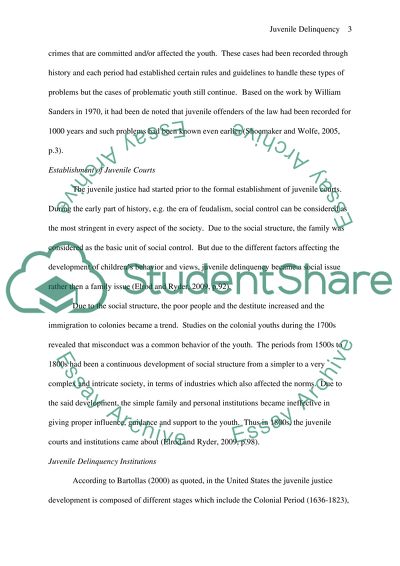Cite this document
(Juvenile Delinquency Research Paper Example | Topics and Well Written Essays - 2000 words, n.d.)
Juvenile Delinquency Research Paper Example | Topics and Well Written Essays - 2000 words. Retrieved from https://studentshare.org/social-science/1574944-juvenile-delinquency
Juvenile Delinquency Research Paper Example | Topics and Well Written Essays - 2000 words. Retrieved from https://studentshare.org/social-science/1574944-juvenile-delinquency
(Juvenile Delinquency Research Paper Example | Topics and Well Written Essays - 2000 Words)
Juvenile Delinquency Research Paper Example | Topics and Well Written Essays - 2000 Words. https://studentshare.org/social-science/1574944-juvenile-delinquency.
Juvenile Delinquency Research Paper Example | Topics and Well Written Essays - 2000 Words. https://studentshare.org/social-science/1574944-juvenile-delinquency.
“Juvenile Delinquency Research Paper Example | Topics and Well Written Essays - 2000 Words”. https://studentshare.org/social-science/1574944-juvenile-delinquency.


